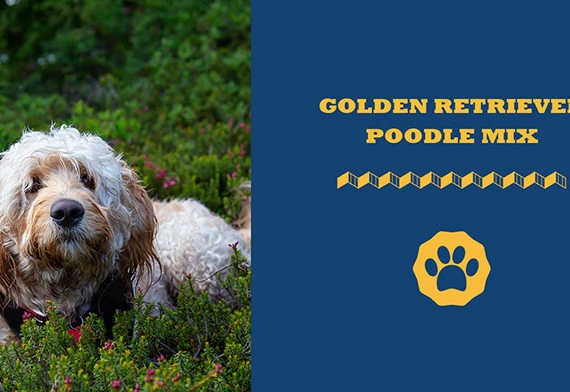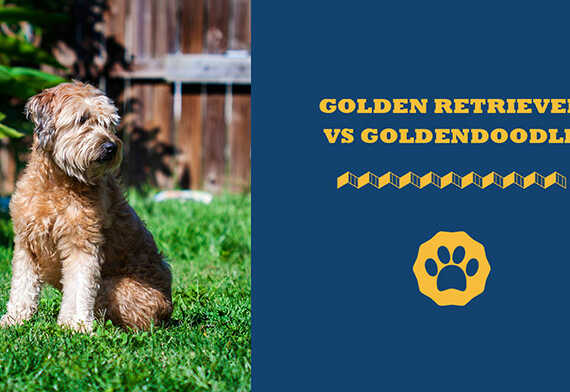Updated: April 24th, 2022

Introduction
If you’re in the market for a new dog and want something striking, look no further than Silver Labrador Retrievers. These dogs are beautiful, interesting, and completely and totally lovable.
Silver Labrador Retrievers are relatively new to the dog scene. As they gain in popularity though, many people just want makes them silver.
In this article, we will take a look at these dazzling dogs and answer all of your questions about them. Read on to learn more about what makes a Silver Lab unique and whether it might be the right choice for your family.
What Is a Silver Lab?

Silver Labs are a color variation of the traditional Labrador Retriever. Even as Silver Lab puppies, they are noticeable for their striking gray coats that can come in a couple of different shades. There is nothing quite like seeing one of these elegant dogs walk down the street.
Silver Labs are controversial in the Labrador breeding community. Many purists think that they are the result of a Weimaraner being introduced to the breeding process. This would mean that the dog was not a “purebred” Labrador—so it shouldn’t carry the Labrador name.
However, the reason these dogs are “silver” is because of genetics. Much like there is variation within the “Yellow” Labrador category, the silvery color might be a variation in the “Black” and “Chocolate” lines.
This is because the silver dogs are the recipients of a recessive gene that dilutes their coloring. So instead of appearing as a rich brown or black, they can be more of a gunmetal color.
Most of the Silver Lab puppies we see are just a diluted Chocolate Lab. As such, the American Kennel Club allows for these dogs to be registered as purebreds in the Chocolate category.
Silver Labs, or Charcoal Labradors, were not seen until the 1950s when they appeared in an advertisement for “rare gray Labradors.” This is something that is puzzling to breeders and kennel clubs. The records of Labradors are meticulous and breeders were quick to note any differences in Solver Lab puppies. Whether the difference was good or bad it was usually marked down.
This makes the sudden appearance of Charcoal Labradors so surprising. There were no records of the coloring beforehand!
The public is now captivated by the Silver Lab and the uncommon coloration is growing in popularity.
Check out this amazing video of this gorgeous superstar.
What Makes a Silver Lab Different?

The only thing that makes a Silver Lab puppy different is the color of their coat. Because this coloring is caused by dilution, a Silver Lab can actually come in a range of shades.
If the puppy is a diluted Yellow Lab, the coat will be lighter in color than other Silvers. It will also have a creamier or yellow undertone. This type is called a “Champagne Labrador.”
Diluted Chocolate Labs—the most common variety—are a medium-dark gray. While they are dark, they might also retain some of the red undertones of the Chocolate coloring. These are “true” Silver Labs.
Finally, a diluted Black Lab will be darker than the rest. It won’t have any of the yellow or red undertones of the other colors. These “Charcoal” Labradors look just like that.
Besides the different appearance, this dog is exactly like any other Labrador Retriever. As such, it is the perfect pet for almost any family!
Labrador breeding began in the U.K. in the 1830s. Previously smaller dogs had been used as hunting companions. Changes in hunting technology, however, meant that a new breed was needed. Hunters could now shoot waterfowl from further distances and the birds often fell into a body of water because of this. The dogs at the time were not prepared to swim for game in the cold British winters.
Therefore they needed a dog that was fast, intelligent, and obedient. It also needed to enjoy swimming and have a thick coat to help it stay warm.
Around this time, many different types of retrievers were established through cross-breeding (LINK). Labradors were one of these. In the 1830s, the 10th Earl of Home and his nephews imported dogs from Canada. They then paired these with existing European Retrievers. Within 40 years, they standardized the modern Labrador Retriever as we know it today.
Because of this history, Labradors are great people dogs. Regardless of their coat color, they are active and smart dogs.
Where Can You Get a Silver Lab Puppy?
If you’ve figured out that this breed is for you, read our post on options on where to find your Silver Lab.
Training and Exercise Needs
Labradors are great family dogs, but they can be somewhat difficult to train. This is because of their high intelligence levels. If you do choose to buy a Charcoal Lab puppy, there are a few things you should know.
First, this dog gets bored very quickly. They do not do well with repetitive tasks. Any attempts to get them to do something over and over again will be met with frustration. You should set aside time for a few short training sessions every day.
Labradors, like Golden Retrievers, respond well to positive reinforcement. Unlike Goldens though, love and cuddles might not be enough. This dog is food-motivated and will learn best if treats are involved. You can take it a step further and introduce a clicker to help the dog recognize good behavior.
For these dogs to be truly obedient, you have to take their training outside. As puppies, they should learn that “sit” means sit anywhere, not just in the house. As your dog learns the basics, start testing it outside on your next walk.
Another thing to remember with Labradors is exercise. These dogs need a lot of it! If your Lab doesn’t get enough, it will easily become distracted and bored. This can mean overturned trash cans and destroyed shoes.
Some great exercise ideas for this dog include running and hiking. And, as retrievers, their favorite game will always be fetch! Make sure you take them to the park for at least 30 minutes every day.
As long as you stay on top of your dog’s training and exercise, you won’t be disappointed. Labradors will learn fast and quickly become your new best friend.
Conclusion
A Silver Labrador is an interesting twist on the traditional colors available. As long as you can give them enough love, attention, and exercise, they are the perfect pet for your family.





1 Comment
Someone who is tired of the widespread misinformation
The supposed 1950s ad did not exist; it was imagined by Jack van der Wyck in his misguided quest to explain the ‘sudden’ appearance of dilute in Labs. He also confused the South Dakota Kellogg kennel (which never had Weimeraners, and who culled off-colored pups) with the owner of Kellogg Mills in Wisconsin (who did have Weims, but not Labs). In fact the original old timers knew of the 1930s Elkhound cross from which the dilute came, and it is recorded in several very old books, as were occasional silver-shaded Labs.